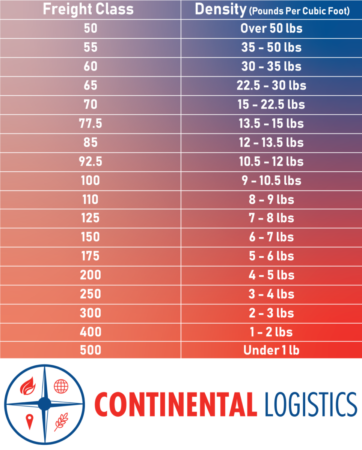When it comes to less than truckload (LTL) transportation rates, accurate freight classification can be your best asset. By selecting the correct codes up front, you’ll avoid post-shipment reclassification charges from carriers. The National Motor Freight Classification (NMFC) system was developed as a standard to determine the shipment difficulty (transportability) of freight with varying specifications based on four criteria:
Handling – How much work is required to load and unload the freight? Freight requiring specific handling procedures, such as fragile freight, will negatively impact the carrier’s workflow.
Stowability – Can the freight be shipped with other freight? Freight such as hazardous items or perishable goods require specific transportation methods, limiting the carrier in their options for shipping additional freight.
Liability – Does the freight have certain characteristics that increase liability for the carrier? High value freight, easily damaged freight and freight with special shipping requirements put more responsibility on the carrier.
Density – How much space does the freight occupy? The density is the freight’s weight per cubic foot and will determine how much a carrier can safely fit in their trailer. For help determining your freight’s density, review our freight class chart below and utilize our freight calculator: continentallogistics.com/freight-class-calculator

